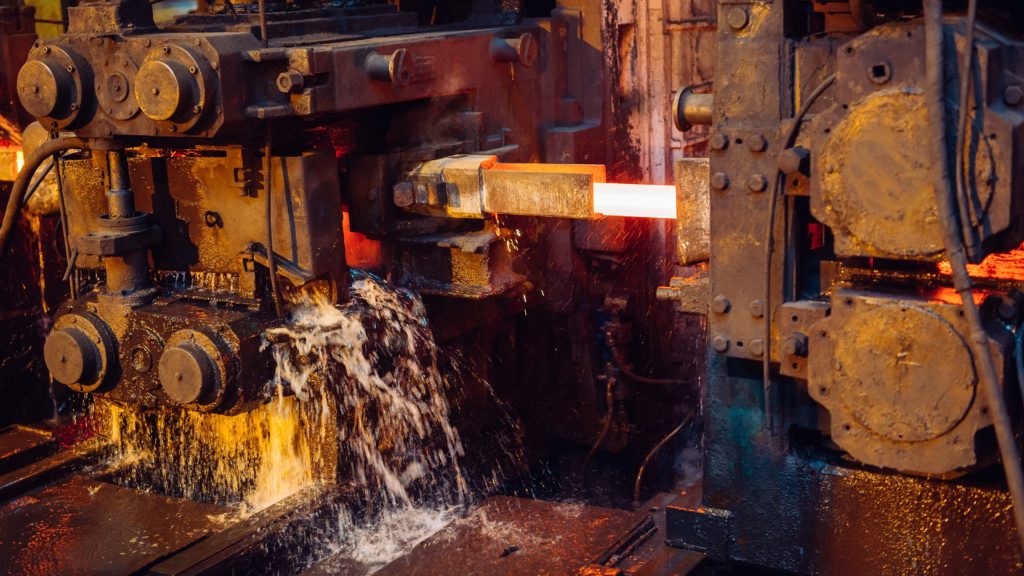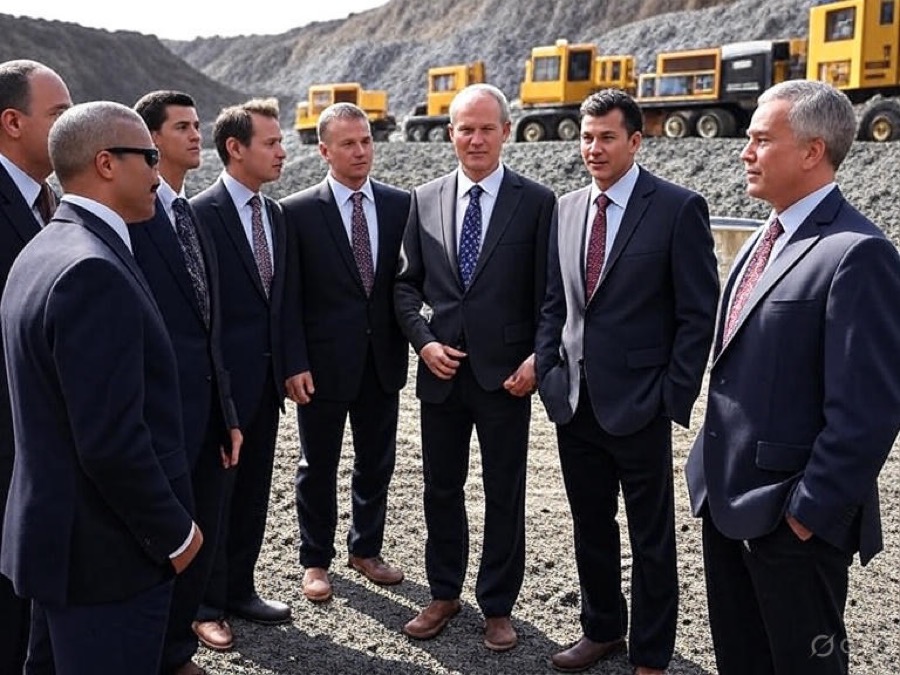Column: China’s massive stimulus talk does little for metals as confidence fades

(The opinions expressed here are those of the author, Clyde Russell, a columnist for Reuters.)
It’s perhaps instructive of market sentiment in China that reports of a massive stimulus package barely shifted the prices of key industrial metals.
Iron ore, steel, copper and aluminum all ticked a little higher after a July 7 Bloomberg News report said Beijing was considering a plan to allow local governments to sell 1.5 trillion yuan ($220 billion) of special bonds in the second half of this year.
If the new bonds are issued, they will take available funding to levels similar to the stimulus that helped drive the recovery from the initial covid-19 outbreak in 2020. This is a time-honored strategy of lifting infrastructure and construction spending to boost the economy.
China is also set to revive an infrastructure investment fund worth 500 billion yuan in the third quarter, two people with knowledge of the matter told Reuters last week.
The reports of more stimulus spending have been accompanied by top-level words, with Premier Li Keqiang quoted in state media last week as saying the economic recovery was not solid and more efforts were needed.
While the playbook of rolling out infrastructure spending may be familiar, what’s different this time is the apparent skepticism of market participants.
It would be a challenge to find an analyst who thinks China is on track to meet its 5.5% annual economic growth target, and there are doubts as to whether enough stimulus can be applied at a fast pace.
The inflation breakout in the Western world and its accompanying interest rate hikes have also led to fears that China’s export-orientated economy will suffer as many countries slide into recession, or at least towards much slower growth.
News of the renewed stimulus did lift the spot price of iron ore slightly, with benchmark 62% ore for delivery to north China, as assessed by commodity price reporting agency Argus, rising 3.4% to $115.30 a tonne on July 7.
However, it subsequently slipped back to $114.15 a tonne on July 8 and is down 29% from its 2022 peak of $160.30. The peak was reached on March 8 in the wake of supply concerns after Russia’s Feb. 24 invasion of Ukraine, the world’s fifth-biggest exporter of the steel raw material.

China’s domestic iron ore futures showed a similar pattern to the spot price, gaining 5.2% on July 7, before dropping again to trade little-changed around 733 yuan a tonne early on Monday in Asia.
Confidence waning
Shanghai steel rebar contracts saw a small, 1.1% bounce on July 7 but have since dropped 4.8% to 4,023 yuan a tonne in early Asian trade on Monday, while copper futures were also down 2% in early trade.
Aluminum futures were at 18,205 yuan a tonne early on Monday, which was down 1.6% from the close on July 8 and the weakest since April 2021.
Aluminum is now trading very close to the 18,000 yuan a tonne level that sector specialists AZ Global Consulting say is the all-up cost of production, meaning producers are barely making a profit and raising the risk of output curtailments.
Overall, the picture from key industrial metals is that the stimulus that is likely to be rolled out isn’t enough to spark a price rally, and that the demand outlook is still far from rosy.
With Shanghai reporting 63 new covid-19 cases on July 10, up from 52 a day earlier, the risk of renewed lockdowns under Beijing’s strict zero-covid strategy is also likely to dampen any enthusiasm in metals markets.
Confidence in China’s economic momentum is ebbing away, and it will likely take stronger action from Beijing to restore it.
More News
{{ commodity.name }}
{{ post.title }}
{{ post.date }}

Comments